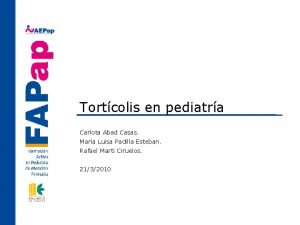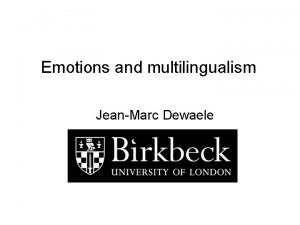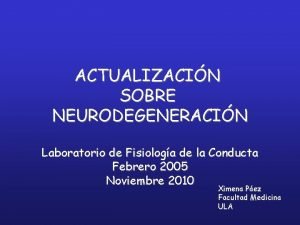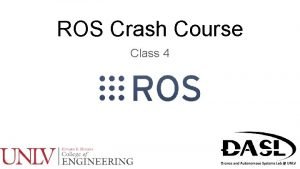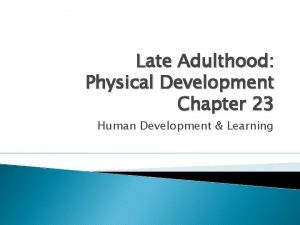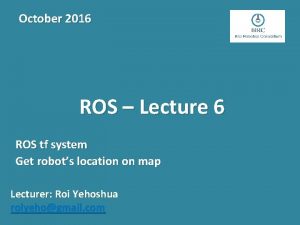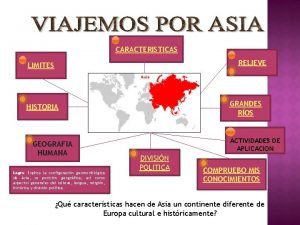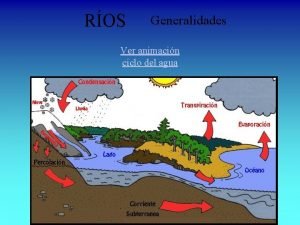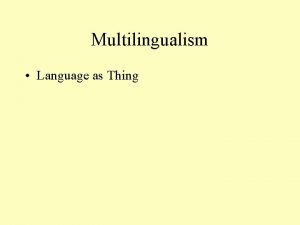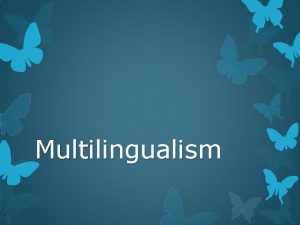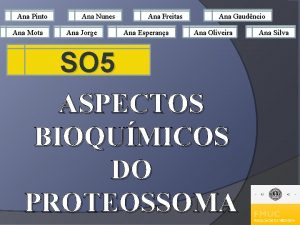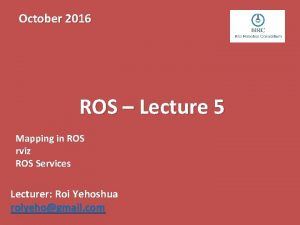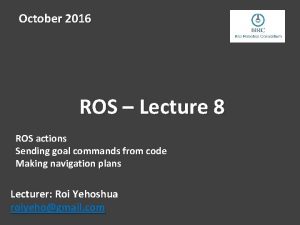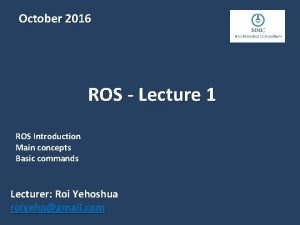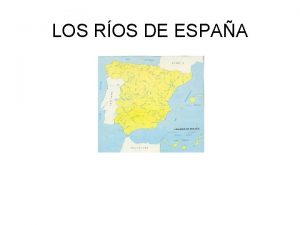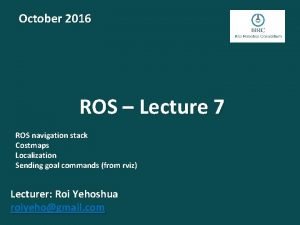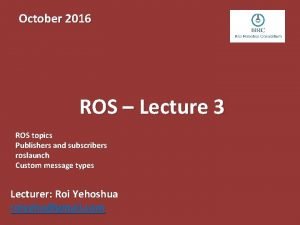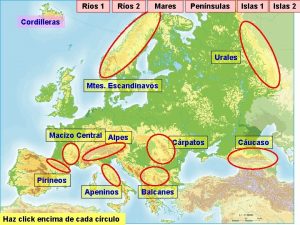MULTILINGUALISM Carlota Pedreo Ana Penalva Tamara Ros y






















- Slides: 22

MULTILINGUALISM Carlota Pedreño, Ana Penalva, Tamara Ríos y Carmen Rosique.

OUTLINE Introduction Bilingualism Types and ways Receptive bilingualism. Cognitive processing How to approach to multilingualism? Introduction Sequential bilingualism Simultaneous bilingualism Coordinated bilingualism Looking to the future. The spread of multilingualism and the spread of English Multilingualism in Europe and Linguistic diversity. Conclusion.

INTRODUCTION

INTRODUCTION Multilingualism is a common and increasing phenomenon in present day society which can be studied from different perspectives. Based on the ideology based on the traditional proposition that A race = a culture = a language Into the extended features are different varieties of multilingualism on topic such as bilingual and trilingual

BILINGUALISM AND TRILINGUALISM Bilingualism and Trilingualism is the ability to speak or write fluently two languages (bilingualism) or three languages (trilingualism). People may become bilingual or trilingual either by acquiring two or three languages at the same time in childhood or learning a second language sometime after acquiring their first language The inconveniences that may have to be bilingual or trilingual the 'cost' of bilingualism/trilingualism is that they may have smaller vocabularies in each language.

BILINGUALISM Types and ways. Receptive bilingualism. Cognitive processing.

BILINGUALISM. TYPES AND WAYS OF ACQUISITION. Types Additive bilingualism Substractive bilingualism Ways Simultaneous acquisition Sequential acquisition.

SOCIAL BILINGUALISM. KINDS AND REASONS. Kinds Monolinguals groups of different languages. Practically all the people speak two languages. There a monolingual groups and other one which is bilingual. Reasons The expansion. The unification of a groups. Post colonialism. Immigration

RECEPTIVE BILINGUALISM People who can understand a language but they cannot speak it. It is not the same as mutual intelligibility. Ex. A spanish person who can understand portuguese.

COGNITIVE PROCESSING. Definition. It is a collection of elements which made possible the fact of memorization, thinking, remembering or learning. Influence in learning.

HOW TO APPROACH TO MULTILINGUALISM? Introduction Sequential bilingualism Simultaneous bilingualism Coordinate bilingualism

HOW TO APPROACH TO MULTILINGUALISM? We will devote this part to an emphasis on the models that learners can follow in order to reach bilingualism. These models are differenciated in terms on how, when and where to learn a foreign language. We will explain the three following models: Sequential bilingualism Simultaneous bilingualism Coordinated bilingualism

HOW TO APPROACH TO MULTILINGUALISM? Sequential bilingualism: In this model, learners receive literacy instruction in their native language until they acquire a certain literacy proficiency. Bilingualism is carried out after this. Causes: migration, L 2 school, etc. To summarize, the children would learn the native language (L 1) at first, and later the second language (L 2), hence the name of sequential bilingualism.

HOW TO APPROACH TO MULTILINGUALISM? Simultaneous bilingualism: Simultaneous bilingualism refers to the action of receiving language input from two different languages at the same time since a very early age or even since birth. SIMULTANEOUS VS SEQUENTIAL Simultaneous Two languages in the same environments (two expressions for the same notion) Sequential two language in different contexts (an expression or word in separated and independent systems)

HOW TO APPROACH TO MULTILINGUALISM? Coordinated bilingualism: The aim is to spend equal time in separate instruction of the native language and of the community language. L 1 Basic literacy L 2 Specific skills I. e. People who are able to perform a language orally but cannot create a written composition, or the other way round: people who can write in one language but cannot speak it, at least, fluently.

LOOKING TO THE FUTURE The spread of multilingualism and the spread of English. Multilingualism in Europe and Linguistic diversity.

THE SPREAD OF MULTILINGUALISM AND THE SPREAD OF ENGLISH Factors that occur in multilingualism. Historical, political, economical… The spread of English. Causes: British colonial power and US leadership.

THE SPREAD OF MULTILINGUALISM AND THE SPREAD OF ENGLISH. Braj Kachru’s theory of the three circles:

MULTILINGUALISM IN EUROPE AND LINGUISTIC DIVERSITY. 48 states with 38 official languages. 240 languages in total counting the indigenous languages. The five languages more spoken in Europe: Russian German English French Italian

MULTILINGUALISM IN EUROPE AND LINGUISTIC DIVERSITY.

MULTILINGUALISM IN EUROPE AND LINGUISTIC DIVERSITY. 3. 5% of the world’s languages are indigenous to Europe. Multilingualism usually involves English as one of the languages. KRAUS: In the next 100 years: 50% of the languages could die. In a long term: 90% of the world languages could die.

CONCLUSIO N
 Types of societal multilingualism
Types of societal multilingualism Tamara ros
Tamara ros Carlota de gispert
Carlota de gispert Rafael marti ciruelos
Rafael marti ciruelos Carlota medrano
Carlota medrano Elite multilingualism
Elite multilingualism Horizontal multilingualism
Horizontal multilingualism Factors of bilingualism
Factors of bilingualism Emotions and multilingualism
Emotions and multilingualism Ros adn
Ros adn Ros crash course
Ros crash course Sw ros
Sw ros Physical development in late adulthood
Physical development in late adulthood Rebeca ros
Rebeca ros Ros tf listener
Ros tf listener Mapa hidrografico de asia
Mapa hidrografico de asia Fontana ros
Fontana ros Universal robot ros driver
Universal robot ros driver Cc hpi
Cc hpi Rosworks
Rosworks Agua ros
Agua ros Mediators of inflammation
Mediators of inflammation Beggs and brill flow regime map
Beggs and brill flow regime map



